Ред Бул за Малайзия
Себастиан Фетел:
We still have a lot of work to do with the car but it was encouraging to see that our pace was better than expected in Australia – hopefully we can build on that and start collecting some strong points in the next two races. Next stop is Kuala Lumpur, which I like as a city. Downtown can sometimes seem sterile, but then you turn a corner and the streets burst into life with the night markets. Whenever I have time I try to go there and see what they have to offer. Looking to the track, the two overtaking possibilities are the first corner and before the last corner, which in both cases is after a long straight; my favourite corners are five and six. Beside the challenge of the circuit, you have to cope with the tropical heat. We can be driving in humidity of up to 90%, while big thunderstorms in the afternoon are not uncommon. From there we go to Bahrain, where we’ve recently been for winter testing, so it will feel quite familiar and after the high humidity in Malaysia it will be nice to go to dry heat. Because the circuit is in the middle of the desert, sand can be blown up in the wind on to the racing line. The circuit has a nice combination of fast, slow and medium corners and is pretty technical to drive. I also like the rosewater they have instead of champagne!
Даниел Рикардо: Despite the eventual outcome in Melbourne, I still feel really good about my performance in the race and throughout the weekend. Obviously it would be nice to get the 18 points, but I’m happy that I still stood on the podium and that was a great feeling. I know I did a good job and I can take that with me to the next race in Malaysia. One thing you have to take into account there is the heat. I first drove at Sepang when I was 16 in a four-day Formula BMW test and you couldn’t really say I was prepared for it! ! Until you’ve experienced the heat in the cockpit, it isn’t something you can fully appreciate, no matter what people tell you. I was drinking six litres of fluid a day and I still suffered. It’s something you prepare for better as you come back again and again, though it’s still one of the most physically-challenging races. If you’re not correctly prepared then the last 20 laps of a grand prix will be difficult and the physicality of the race can hit your concentration in those latter stages. And so you train, train and train! The race is back to back with Bahrain. I’m not certain what effect two weeks of pre-season testing there is going to have when we race there. Everyone’s had a bit of a chance to get their set-up dialled in, so that may bring the field closer together. The circuit isn’t one of my favourites, as you can’t get a brilliant flow there, but there are a couple of technical turns to put us drivers and the cars through our paces. The RB10 surprised us in Australia by being more competitive than we thought in the dry and the wet, so let’s see what the next two races brings.
Роб Маршал: Sepang and BIC are very different circuits – are the new aerodynamic rules going to be more challenging at one than the other?
Sepang will be very hot and humid with a risk of monsoon rains that will make you wish you had last year’s downforce on the car if it catches you out by surprise. There are high speed corners and long straights, so it will be important to strike the right downforce/drag balance for cornering performance versus straight-line speed. Bahrain on the other hand will be a bit cooler and dry. The big challenge there can be dealing with the strong and variable winds that build in the afternoon. They can upset the sensitive aerodynamics of the car and cost a lot of lap time. The car can feel very different in the afternoon just because the wind has built up.
How critical are Friday practices going to be this year? Will they be dominated by development work?
All the teams are on steep learning curves. We all have to get to grips with the new power units and how to operate them, but it would be easy to neglect all the other “conventional” stuff we do week in, week out to add performance. We cannot forget that.
We’ve spoken a lot about the cars but how does the new format affect the driver? Do they have more to do while driving?
Yes. They have a lot more to think about and do to ensure the power unit is operating correctly. They will get a lot of help and instruction from over the radio, but in the end they have to drive the car to its limits. If the is car is behaving itself, the extra burden of flicking lots of switches should not be too big a problem.


















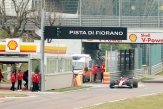
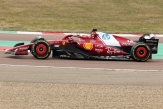
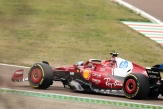
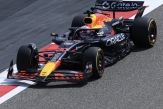
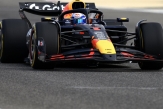
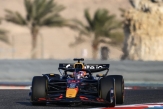

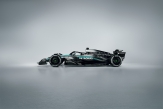
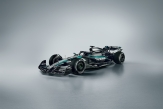
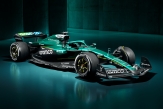
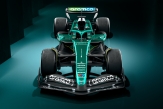
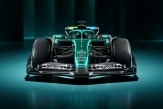
.jpg)
.jpg)
.jpg)

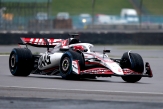

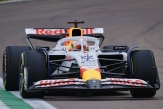
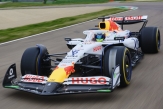
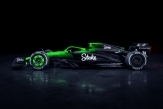
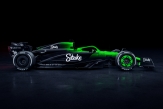

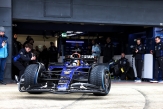
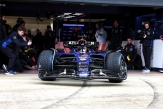
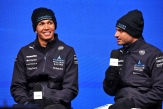

02/12/2025 от Огнян Тенчев (drJeckyll), няма коментари